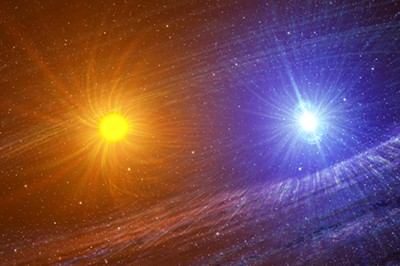
However, their outer envelope is lower in temperature, giving them a yellowish-orange hue. They have radii tens to hundreds of times larger than that of the Sun. The K0 RGB star Arcturus is 36 light-years away, and Gamma Crucis is the nearest M-class giant at 88 light-years' distance.Ī red giant will usually produce a planetary nebula and become a white dwarf at the end of its life.Īn illustration of the structure of the Sun and its possible future as a red giant, comparing their structure and size.Ī red giant is a star that has exhausted the supply of hydrogen in its core and has begun thermonuclear fusion of hydrogen in a shell surrounding the core.

Many of the well-known bright stars are red giants because they are luminous and moderately common. asymptotic-giant-branch (AGB) stars with a helium burning shell outside a degenerate carbon–oxygen core, and a hydrogen-burning shell just beyond that.red-clump stars in the cool half of the horizontal branch, fusing helium into carbon in their cores via the triple-alpha process.most common red giants are stars on the red-giant branch (RGB) that are still fusing hydrogen into helium in a shell surrounding an inert helium core.Red giants vary in the way by which they generate energy:

The appearance of the red giant is from yellow-white to reddish-orange, including the spectral types K and M, sometimes G, but also class S stars and most carbon stars. The outer atmosphere is inflated and tenuous, making the radius large and the surface temperature around 5,000 K (4,700 ☌ 8,500 ☏) or lower. A red giant is a luminous giant star of low or intermediate mass (roughly 0.3–8 solar masses ( M ☉)) in a late phase of stellar evolution.


 0 kommentar(er)
0 kommentar(er)
